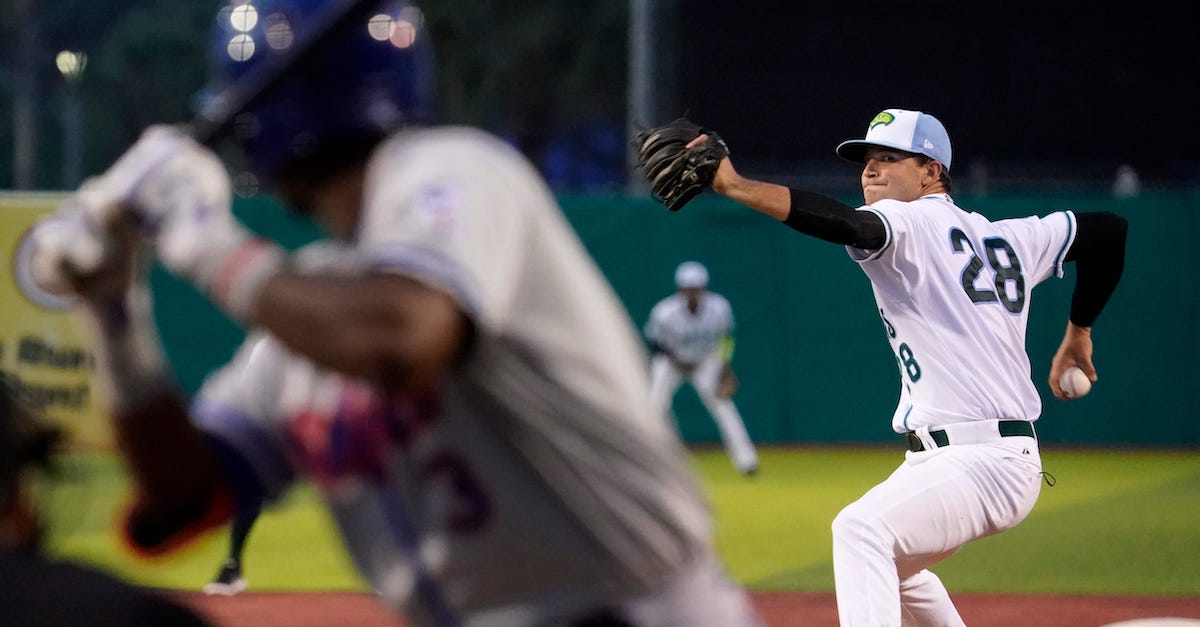Elite Defenders Myles Straw and Manuel Margot Sign Extensions

Last week may have been highlighted by the start of the 2022 regular season, but it also featured a spate of contract extensions. Today I’m going to take a closer look at two such extensions, both involving glove-first outfielders entering their age-27 seasons.
We’ll begin with Myles Straw, the center fielder for the Cleveland Guardians, who signed a five-year, $25 million extension, according to Zack Meisel of The Athletic. The extension includes club options for the 2027 and ’28 seasons that would bring the total to $41.5 million over the next seven years. Remarkably, this is the Guardians’ third extension this month with the potential to keep a player in Cleveland through the 2028 season — the team also inked deals with star third baseman José Ramírez and closer Emmanuel Clase.
2021 was Straw’s first full season as an everyday player. He came over to Cleveland from the Astros at the trade deadline in exchange for Phil Maton and Yainer Diaz. After the trade, he continued to build on his breakout campaign. He ended the having posted stellar defense (11 OAA), great baserunning (30 steals in 36 attempts), and about league-average offense (98 wRC+). That well-rounded production quietly placed him among the best center fielders in baseball last season, finishing sixth in WAR at the position with 3.7:
| Player | PA | HR | SB | wRC+ | BsR | UZR | WAR |
|---|---|---|---|---|---|---|---|
| Starling Marte | 526 | 12 | 47 | 134 | 12.3 | 0.9 | 5.5 |
| Bryan Reynolds | 646 | 24 | 5 | 142 | 3 | -5.3 | 5.5 |
| Cedric Mullins | 675 | 30 | 30 | 136 | 4.8 | -7.6 | 5.3 |
| Byron Buxton | 254 | 19 | 9 | 169 | 4.4 | 6.1 | 4.2 |
| Enrique Hernández | 585 | 20 | 1 | 110 | 3 | 7.4 | 3.9 |
| Myles Straw | 638 | 4 | 30 | 98 | 6.1 | 8.5 | 3.7 |
| Brandon Nimmo | 386 | 8 | 5 | 137 | -0.9 | 2.9 | 3.5 |
| Harrison Bader | 401 | 16 | 9 | 110 | 2.5 | 15.1 | 3.4 |
| Luis Robert | 296 | 13 | 6 | 157 | 1.4 | -1 | 3.2 |
| Chris Taylor | 582 | 20 | 13 | 113 | 6.5 | -4 | 3.1 |
That chart does a good job of showing how unusual Straw’s profile is compared to his peers’, as he’s the only center fielder on the list without a clearly above-average bat. These offensive limitations mostly come from a lack of power, and it is a serious lack of power at that, with Straw posting an ISO, Barrel% and HardHit% all below the fifth percentile. His max exit velocity is actually above average, which could be a sign that more consistently hard contact is hidden away somewhere, but there’s just not a lot to suggest that he’ll be putting up double-digit home run totals anytime soon. Read the rest of this entry »








